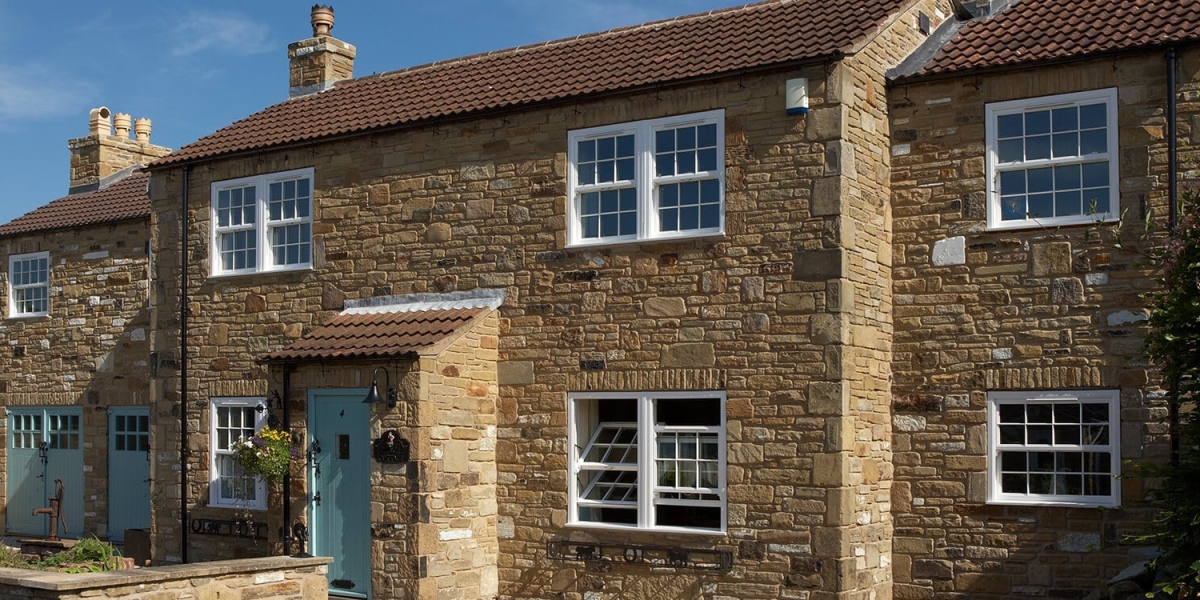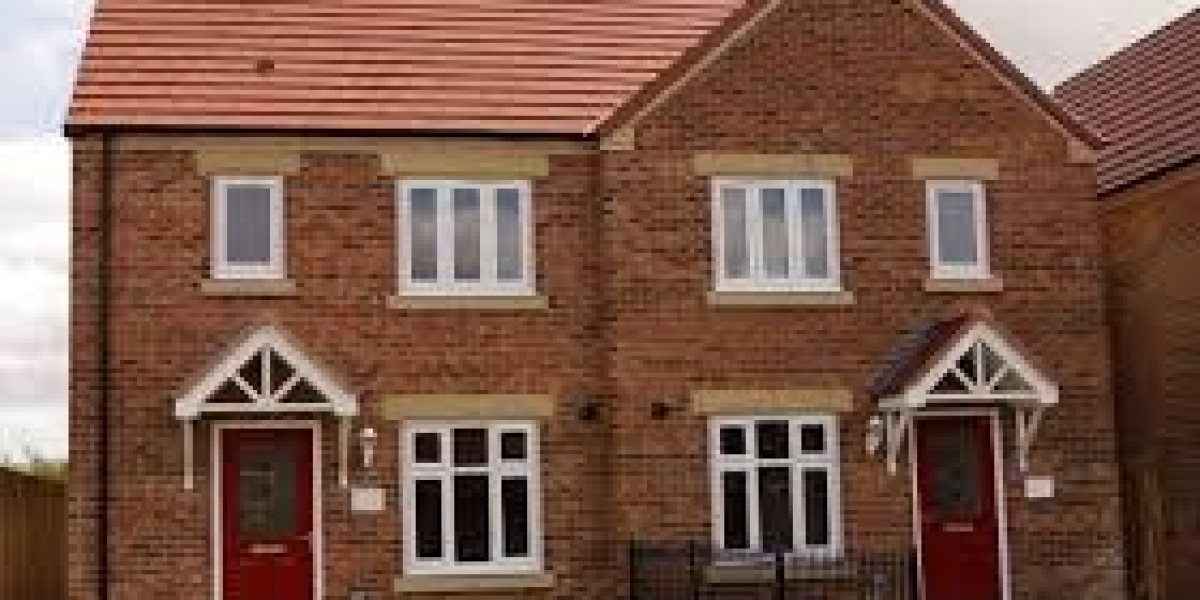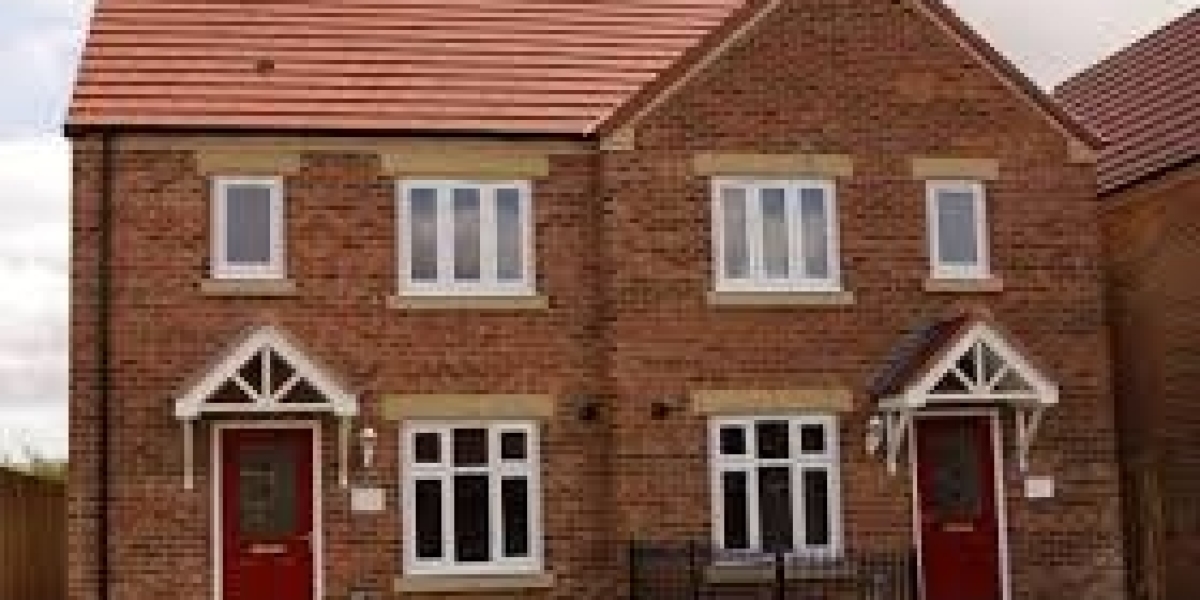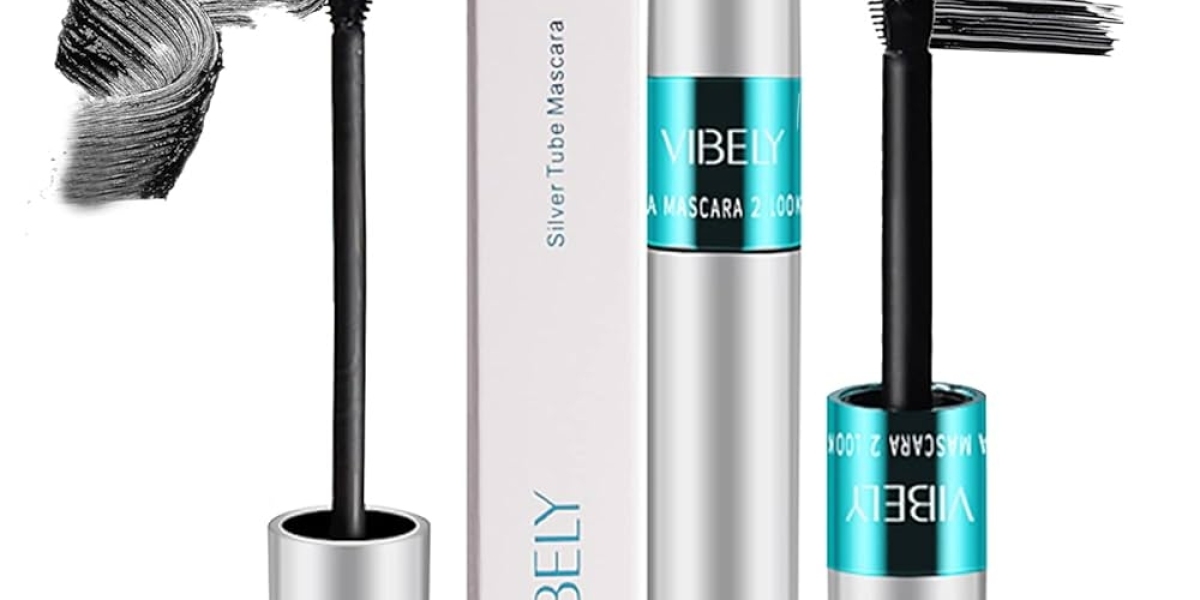Aluminium windows have become increasingly popular in modern architecture due to their durability, aesthetic appeal, and energy efficiency. This report delves into the various aspects of aluminium windows, including their benefits, types, installation considerations, and maintenance requirements.
Benefits of Aluminium Windows
- Durability and Strength: Aluminium is known for its strength and resistance to corrosion. Unlike wood, which can warp, crack, or swell, aluminium maintains its shape and structural integrity over time. This makes aluminium windows a long-lasting investment.
- Low Maintenance: One of the significant advantages of aluminium windows is their low maintenance requirements. They do not need to be painted or stained regularly, and a simple wipe with a damp cloth is usually sufficient to keep them looking good.
- Energy Efficiency: Modern aluminium windows are designed with thermal breaks, which help to reduce heat transfer. This means they can be highly energy-efficient, helping to lower heating and cooling costs in homes and commercial buildings.
- Aesthetic Versatility: Aluminium windows are available in a wide range of styles, colors, and finishes. This versatility allows homeowners and architects to choose designs that complement the overall aesthetic of the building.
- Eco-Friendly: Aluminium is a recyclable material, making it an environmentally friendly choice. The recycling process requires only 5% of the energy used to produce new aluminium, significantly reducing the carbon footprint associated with window manufacturing.
- Security: Aluminium windows can be fitted with robust locking mechanisms and are generally more resistant to forced entry compared to other materials, providing enhanced security for homes and businesses.
Types of Aluminium Windows
Aluminium windows come in various styles, each offering unique features and benefits. The most common types include:

- Casement Windows: These windows are hinged on one side and open outward, providing excellent ventilation and unobstructed views. They are easy to operate and offer a tight seal when closed, enhancing energy efficiency.
- Sliding Windows: Sliding windows consist of two or more sashes that slide horizontally. They are ideal for spaces where opening a window outward is not feasible. Their minimalist design allows for maximum natural light.
- Awning Windows: Hinged at the top and opening outward, awning windows are perfect for areas where rain is common. They can be left open during light rain without allowing water to enter the home.
- Tilt and Turn Windows: These versatile windows can be opened in two ways: by tilting inward from the top for ventilation or swinging open from the side for easy cleaning and access. This design is particularly popular in European architecture.
- Fixed Windows: Fixed aluminium windows do not open but are designed to provide unobstructed views and allow natural light into a space. They are often used in combination with operable windows to enhance aesthetics.
Installation Considerations
When considering the installation of aluminium windows, several factors must be taken into account:
- Professional Installation: It is highly recommended to hire professional installers with experience in fitting aluminium windows. Proper installation is crucial for ensuring energy efficiency and preventing air leaks.
- Building Regulations: Ensure that the chosen windows comply with local building codes and regulations. This may include energy efficiency standards and safety requirements.
- Sizing and Measurements: Accurate measurements are critical to ensure a proper fit. It is essential to measure the window openings carefully and consider any additional framing or structural changes that may be needed.
- Window Orientation: The orientation of the windows can impact energy efficiency. Consider the direction of sunlight and prevailing winds when selecting window styles and placements.
- Weatherproofing: Proper sealing and weatherproofing are essential to prevent drafts and water infiltration. Ensure that high-quality seals and flashing are used during installation.
Maintenance Requirements
Although aluminium windows are low maintenance, some care is necessary to ensure their longevity:
- Regular Cleaning: Clean the frames and glass periodically using mild soap and water. Avoid abrasive cleaners that can scratch the surface.
- Inspect Seals and Weatherstripping: Regularly check the seals and weatherstripping for signs of wear or damage. Replace them as needed to maintain energy efficiency.
- Lubricate Moving Parts: For windows with moving parts, such as casement or sliding windows, apply a silicone-based lubricant to hinges and https://status-vw.co.uk/unveiling-the-classic-elegance-the-volkswagen-karmann-ghia/ tracks to ensure smooth operation.
- Check for Corrosion: Although aluminium is resistant to corrosion, it is essential to inspect for any signs of oxidation or corrosion, especially in coastal areas where saltwater exposure may occur.
- Repaint or Refurbish: If the finish of the aluminium windows begins to fade or chip, consider repainting or refurbishing to restore their appearance and protect against the elements.
Conclusion
Aluminium windows offer a blend of durability, aesthetic appeal, and energy efficiency, making them a popular choice for both residential and commercial buildings. With various styles available, they can suit diverse architectural designs and personal preferences. While they require minimal maintenance, proper installation and care are essential to maximize their lifespan and performance. As the demand for sustainable and energy-efficient building materials continues to grow, aluminium windows stand out as a reliable and eco-friendly option for modern construction.








